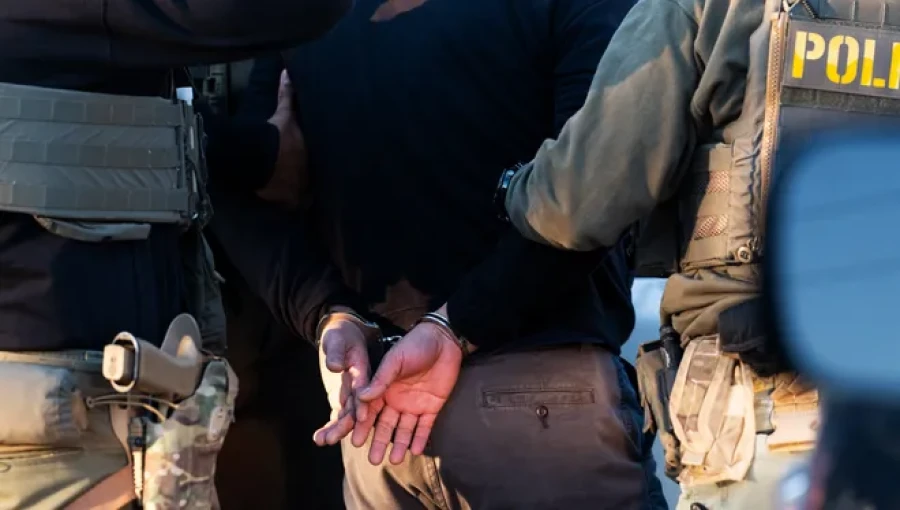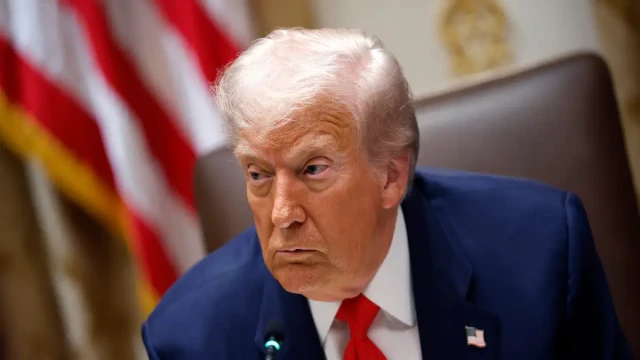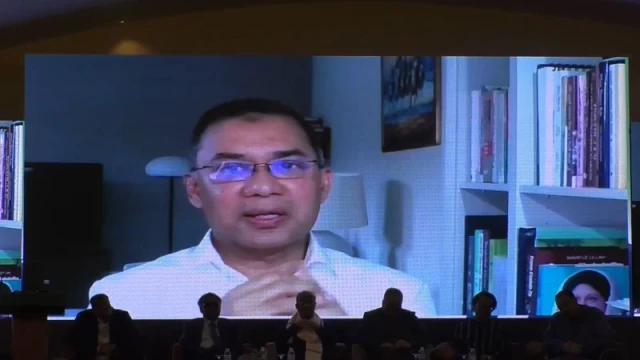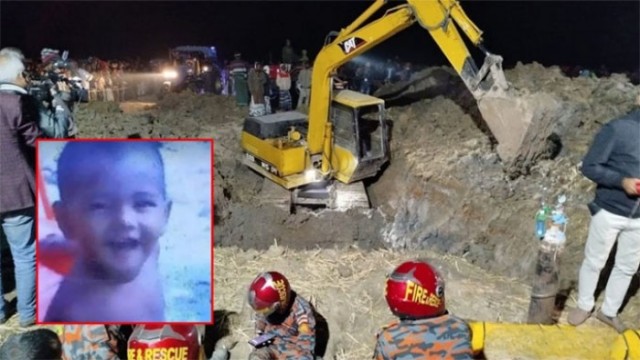Washington, Jan 28, (V7N) - Historically, U.S. citizenship could only be taken away in rare cases, such as when someone hid their Nazi past, had ties to terrorism, or lied on their citizenship application. Fewer than a dozen people per year faced denaturalization under these circumstances.
However, during President Donald Trump's first term, he pushed for a campaign to revoke the citizenship of thousands of naturalized immigrants. While this effort didn't achieve all its goals, Trump revived the push in his second term, directing resources to denaturalize certain U.S. citizens as part of a broader immigration crackdown.
On his first day in office, Trump issued an executive order titled “Protecting the United States from Foreign Terrorists and Other National Security and Public Safety Threats.” This order included a section aimed at enforcing a law that allows the government to revoke citizenship if it was "unlawfully procured." This move raised concerns among immigrant advocates who fear a repeat of the aggressive denaturalization efforts from Trump's previous term.
Amanda Frost, a law professor at the University of Virginia, commented that the administration had previously committed significant resources to denaturalization efforts, even targeting individuals who made minor mistakes on their applications, such as typographical errors.
Gintare Grigaite, a New Jersey-based immigration attorney, explained that many of her clients are worried. While people who have gained citizenship truthfully need not fear denaturalization, the uncertainty has caused widespread concern.
Under Trump's first term, Attorney General Jeff Sessions ordered an investigation into 700,000 naturalized citizens, aiming to bring around 1,600 cases to court. This effort was part of Trump's "zero tolerance" immigration policy, which was known for its harsh approach to border enforcement.
Although this initiative was an expansion of a review that began under President Obama, the Obama administration primarily focused on people with ties to terrorism or criminal backgrounds. Trump's administration, on the other hand, broadened the scope and sought to revoke citizenship for anyone with potential grounds for denaturalization, even for minor mistakes in their immigration history.
Despite this, research shows that the Trump administration did not meet its goal of referring 1,600 denaturalization cases for prosecution. During the Trump administration, there were 168 denaturalization cases in the courts, and under the Biden administration, there were 64. While this suggests a slowdown, the effort to revoke citizenship hasn't entirely ended.
Law professors like Irina Manta argue that the government should not be able to challenge someone's citizenship years after they’ve become naturalized. Manta began tracking denaturalization cases, showing that the effort continued even after Trump left office.
Supporters of the denaturalization push, like Mark Krikorian from the Center for Immigration Studies, argue that it’s necessary to ensure immigration laws are strictly enforced and that the system has been too lenient in the past.
Historically, the U.S. government used denaturalization as a tool to target political enemies during the Cold War. The Supreme Court ruled in 1967 that the government could only revoke citizenship in cases of fraud or intentional misrepresentation.
Before Trump’s first term, from 1990 to 2017, the U.S. typically targeted around 11 naturalized citizens per year for denaturalization, most of whom had committed war crimes or atrocities and lied about their pasts when applying for citizenship.
During Trump's first term, denaturalization cases increased dramatically. Experts suggest the current administration may be continuing these efforts as part of its broader immigration strategy.
END/SMA/NYC/MSS/































Comment: